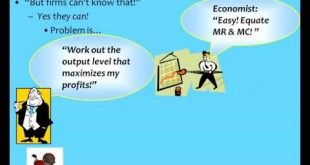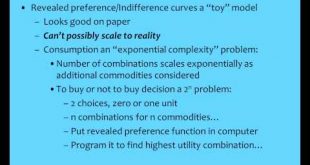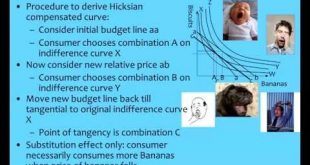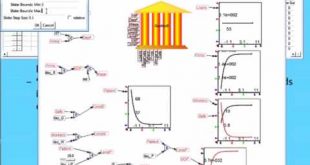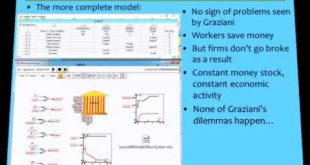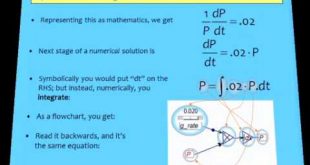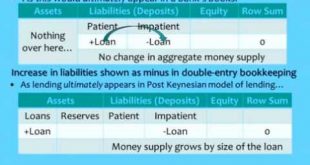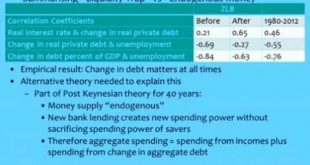Read More »
Keen2012BehaviouralFinance02B
Keen2012BehaviouralFinance01B
Keen2012BehaviouralFinance01A
The Neoclassical theory of the behavior of a single individual is computationally impossible. Unfortunately I neglected to save sound on this movie, so I will also upload the unedited lecture on this topic from my subscription site.
Read More »Keen2012BehaviouralFinance08C
Modelling endogenous money, critiquing loanable funds, and introducing "Minsky", the software package--lots of bugs but usable now and available from http://www.debtdeflation.com/blogs/minsky/
Read More »Keen2012BehaviouralFinance08B
Modelling endogenous money, critiquing loanable funds, and introducing "Minsky", the software package--lots of bugs but usable now and available from http://www.debtdeflation.com/blogs/minsky/
Read More »Keen2012BehaviouralFinance08A
Modelling endogenous money, critiquing loanable funds, and introducing "Minsky", the software package--lots of bugs but usable now and available from http://www.debtdeflation.com/blogs/minsky/
Read More »Keen2012BehaviouralFinance07C
Circuit Theory, Graziani's brilliant insights but false steps when attempting to produce a model
Read More »Keen2012BehaviouralFinance07B
Circuit Theory, Graziani's brilliant insights but false steps when attempting to produce a model
Read More »Keen2012BehaviouralFinance07A
Introduction to endogenous money and finance: Schumpeter, Minsky and Graziani; why effective demand is income plus the change in debt, but sectoral balance still applies; the essentials of the monetary circuit
Read More »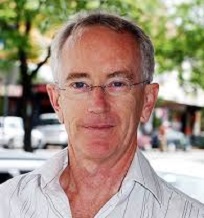 Steve Keen’s Debt Watch
Steve Keen’s Debt Watch


